Article Summary: Chicago Landmarks
Chicago Landmarks. More Than Just Parks has 10 incredible must-see sites for you to visit.
There’s so much more to this exciting place than Wrigley Field and the Chicago Cubs. In this article, we’ll familiarize you with the incredible landmarks located in Chicago.
We’ve got incredible places, iconic memorials, fascinating museums, epic monuments and so much more.
We’re going to give you our list of the Top 10 Landmarks In Chicago.
So, What Is A Landmark?
Well, it’s a place of “a special character or special historical or aesthetic interest or value as part of the development, heritage, or cultural characteristics of a city, state, or nation.”
Why visit these places? Because landmarks connect us to the past. Through visiting these wonderful places where history occurred we find our roots. It allows us to feel like we are a part of something much bigger than ourselves.
And, speaking of history, did I mention that I taught the subject? I spent a lifetime teaching about the history behind many of these amazing sites. Then I got to see them firsthand. And now I’m sharing the fascinating stories of these places with you. It doesn’t get any better than that!
So, without further ado, let’s dive in.
Table Of Contents
Chicago Landmarks
Some Fascinating Facts About Chicago
Here are some fascinating facts about the city of Chicago:
- Chicago is the third-largest city in the United States, with a population of over 2.7 million people.
- The city is located in the state of Illinois, on the shores of Lake Michigan.
- Chicago was founded in 1837, and its name comes from a Native American word meaning “wild onion.”
- The Chicago River runs through the city, and in 1900, the city began to reverse the flow of the river to prevent pollution from entering Lake Michigan.
- Chicago is known for its distinctive architecture, including the Willis Tower (formerly known as the Sears Tower), which was once the tallest building in the world.
- The city is also known for its deep-dish pizza, Chicago-style hot dogs, and Italian beef sandwiches.
- Chicago is home to numerous museums and cultural institutions, including the Art Institute of Chicago, the Field Museum of Natural History, and the Museum of Science and Industry.
- The city is famous for its sports teams, including the Chicago Cubs (baseball), the Chicago White Sox (baseball), the Chicago Bears (football), and the Chicago Bulls (basketball).
- Chicago is also home to several universities, including the University of Chicago, Northwestern University, and DePaul University.
- The city is a major transportation hub, with O’Hare International Airport being one of the busiest airports in the world.
We’re Excited To Share Our List Of The Top 10 Chicago Landmarks With YOU
Sitting on the banks of beautiful Lake Michigan, Chicago, Illinois, is the third-largest city in the United States, just behind New York City and Los Angeles. Chicago is known for its jaw-dropping architecture, vibrant music scene, amazing food, — including deep-dish pizza — and iconic neighborhoods.
The Windy City is also home to some amazing landmarks. More Than Just Parks is excited to share our list of the Top 10 Chicago Landmarks with you. And we’re kicking off our list at #10 with Hull House Museum.
Top 10 Chicago Landmarks
10. Hull House Museum
The Hull House Museum is housed in the Jane Addams Hull-House, which was founded by social reformer Jane Addams and her colleague Ellen Gates Starr in 1889.
The Hull-House was a settlement house that served as a center for social reform and activism, providing a variety of services to immigrants and working-class people in the surrounding neighborhood.
The Hull-House became an important model for social reform and activism, and was instrumental in shaping the modern social work profession.
Today, the Hull House Museum offers visitors a chance to explore the history and legacy of the Hull-House and its impact on American society.
A Place Where Immigrants Could Learn
Hull House offered residences, as well as a place where immigrants and neighbors could commune, learn, share and acquire the tools that would help them put down roots in their new country.
There were kindergarten and day care facilities for the children of working mothers; an employment bureau; an art gallery; libraries; English and citizenship classes; theater, music and art classes; cooking, sewing and technical skills; and American government classes. (Source: Jane Addams Hull House Association)
Jane Addams was the second woman to receive the Nobel Peace Prize.
If you’re interested in learning more about this amazing woman than I recommend reading Jane Addams: Twenty Years at Hull-House by Jane Addams.
Things To Do At Hull House
The Museum consists of two buildings: the Hull Home, which features exhibitions about the history of Hull-House, and the Residents’ Dining Hall, which holds an event space, the Museum’s gift shop, and staff offices.
Hull House Museum connects the histories of the Hull-House Settlement to present-day social justice issues. Exhibitions and public programs highlight histories of activism, progressive education and democratic principles of participation and exchange.
9. Chicago Riverwalk
If you love a good stroll then you’ll enjoy our next landmark. At #9 on our list of the Best Chicago Landmarks is the Chicago Riverwalk.
The Chicago Riverwalk is a pedestrian walkway along the south bank of the Chicago River in downtown Chicago, Illinois. The history of the Chicago Riverwalk dates back to the early 20th century, when the river was used primarily for industrial and commercial purposes.
In the 1920s, the City of Chicago developed plans for a riverfront park system, which included the creation of a continuous riverwalk. However, these plans were never fully realized due to lack of funding and the onset of the Great Depression.
Chicago in 2022 Chicago Riverwalk | Courtesy of Wikimedia Commons
Chicago Began To Revitalize The Downtown Area
In the 1980s, the City of Chicago began to revitalize the downtown area, and the riverwalk was once again included in plans for the redevelopment of the city’s central business district. The first section of the riverwalk, from State Street to Dearborn Street, was completed in 1991.
Over the next few decades, additional sections of the riverwalk were built, with the final section completed in 2016. The riverwalk now spans over a mile and a half, from Lake Street to Lake Michigan, and features a variety of amenities, including restaurants, bars, and public spaces for relaxation and recreation.
Today, the Chicago Riverwalk is a popular destination for locals and tourists alike, offering stunning views of the city’s architecture and skyline, as well as a unique perspective on the history and evolution of Chicago as a city.
8. Lincoln Park Zoo
Our next amazing landmark is one where you’ll meet a different set of creatures then you would along the Chicago Riverwalk. At #8 on our list of the Best Chicago Landmarks is the Lincoln Park Zoo.
The Lincoln Park Zoo is one of the most historic zoos in North America and one of the only free admission zoos in the country.
It was founded in 1868, when the Lincoln Park Commissioners acquired a pair of swans to serve as a public attraction. Over the next few years, the collection of animals grew, and by 1874, the zoo had acquired its first bison.
In 1912, the zoo underwent a major renovation, which included the construction of several new animal houses and the creation of more naturalistic habitats for the animals. During this time, the zoo also became a leader in animal welfare, implementing new standards for animal care and pioneering research on animal behavior and welfare.
In the 1920s and 1930s, the Lincoln Park Zoo continued to expand, adding new exhibits and acquiring a wide variety of animals from around the world. During World War II, the zoo faced challenges due to shortages of staff and resources, but it continued to operate with the help of volunteers and donations from the public.
In the post-war era, the zoo underwent several more renovations and expansions, including the construction of the Regenstein Center for African Apes and the McCormick Bird House. Today, the Lincoln Park Zoo is home to over 1,000 animals representing nearly 200 species, and it remains a beloved attraction for visitors to Chicago.
Things To Do At The Lincoln Park Zoo
Here are some of the top things to do:
- See the animals: The Lincoln Park Zoo is home to over 1,000 animals from around the world, including lions, tigers, gorillas, penguins, and more. Visitors can walk through the various exhibits and observe the animals up close.
- Attend a zoo event: The zoo hosts a variety of events throughout the year, including holiday-themed events, concerts, and family-friendly programs.
- Take a ride on the carousel: The historic carousel at the Lincoln Park Zoo has been in operation since 1920 and is a popular attraction for visitors of all ages.
- Visit the farm-in-the-zoo: The farm-in-the-zoo exhibit allows visitors to get up close to farm animals such as cows, pigs, and goats, and learn about farming and agriculture.
- Explore the gardens: The zoo’s gardens are a beautiful and tranquil oasis, featuring a variety of flowers, trees, and other plants.
- Take a stroll through the park: The Lincoln Park Zoo is located within Lincoln Park, a beautiful public park that offers many opportunities for walking, biking, and enjoying the outdoors.
- Enjoy a meal or snack: The zoo has several restaurants and cafes, offering a variety of food and drink options for visitors.
- Take a behind-the-scenes tour: The zoo offers a variety of behind-the-scenes tours, allowing visitors to learn more about the animals and the zoo’s conservation efforts.
7. Garfield Park Conservatory
We move from an amazing zoo to a historic greenhouse and botanical garden. At #7 on our list of the Best Chicago Landmarks is the Garfield Park Conservatory.
The conservatory is one of the largest Victorian-era greenhouse complexes in the United States and it covers an area of about 4.5 acres. The complex includes a series of interconnected greenhouses that showcase a wide variety of plants from around the world, including tropical, desert, and temperate species.
The conservatory is home to over 2,000 plant species, including palm trees, cacti, ferns, and more. The conservatory also features a variety of gardens, including a fern room, a desert house, and a show house that features seasonal displays of flowers and other plants.
The Garfield Park Conservatory is open to the public year-round and offers a range of educational programs and events for visitors of all ages.
Things To Do
Here are some of the top things to do at the Garfield Park Conservatory:
- Explore the indoor gardens: The conservatory is home to a variety of indoor gardens, including the Aroid House, Fern Room, and Desert House. Visitors can explore these gardens and observe the many different plants and flowers on display.
- Visit the outdoor gardens: The conservatory also has several outdoor gardens, including the City Garden and the Monet Garden. These gardens offer a tranquil setting for visitors to enjoy the outdoors and observe the many plants and flowers on display.
- Attend a workshop or class: The conservatory offers a variety of workshops and classes, covering topics such as gardening, cooking, and art. These programs are a great way to learn new skills and engage with the community.
- Participate in a guided tour: The conservatory offers guided tours for visitors, allowing them to learn more about the history and architecture of the conservatory, as well as the plants and flowers on display.
- Attend a special event: The conservatory hosts a variety of special events throughout the year, including plant sales, art exhibits, and concerts.
- Bring the kids: The conservatory has several programs and activities designed for children, including story time, art classes, and nature walks.
- Relax and recharge: The conservatory is a peaceful and serene environment, making it the perfect place to relax and recharge. Visitors can find a quiet spot to read or meditate, or simply enjoy the beauty of the gardens.
6. Art Institute Of Chicago
Founded in 1879, our next Chicago landmark houses the largest collection of Impressionist and Post-Impressionist art on the planet outside the Louvre. It’s also home to more than 300,000 pieces of art, including some of the world’s most revered masterpieces. Welcome to the Art Institute of Chicago.
The Institute was founded in 1879 as both a museum and a school of the arts.
The museum’s first home was a rented space in a downtown office building. The collection at that time was modest, with a focus on European painting and decorative arts. However, the museum grew quickly, and by 1893, it had moved to a larger building designed specifically to house its collections.
Art Institute of Chicago | Courtesy of Wikimedia Commons
The Art Institute Continued To Expand Its Collection
Throughout the early 20th century, the Art Institute continued to expand its collections and facilities. In 1913, the museum acquired its first major American painting, Grant Wood’s “American Gothic,” which has since become an iconic image of American art.
In the 1920s and 1930s, the museum added several new wings, including the Ryerson Library and the Burnham Pavilion.
During World War II, the Art Institute was a vital resource for soldiers and civilians alike. It housed exhibitions on war art and design, and its collection served as a source of inspiration for soldiers and artists alike.
In the post-war era, the museum continued to grow and expand. In the 1960s, it added a new wing dedicated to modern art, and in the 1980s, it underwent a major renovation and expansion, adding new galleries and updating its facilities.
Today, the Art Institute of Chicago is one of the largest and most respected art museums in the world. Its collection includes over 300,000 works of art from around the globe, spanning a wide range of periods and styles. The museum is a beloved cultural institution in Chicago and a must-visit destination for art lovers from around the world.
Things To See At The Art Institute
Here are some of the highlights that visitors can see at the museum:
- European paintings: The Art Institute has an extensive collection of European paintings, including works by famous artists such as Vincent van Gogh, Claude Monet, and Georges Seurat. The collection covers a wide range of periods and styles, from the Renaissance to the Impressionist and Post-Impressionist movements.
- American art: The museum has an impressive collection of American art, including works by Grant Wood, Edward Hopper, Georgia O’Keeffe, and many others. Visitors can see iconic American paintings such as “American Gothic” and “Nighthawks.”
- Ancient art: The Art Institute has a large collection of ancient art from cultures around the world, including Egypt, Greece, and Rome. Visitors can see mummies, ancient Greek and Roman sculptures, and other artifacts from ancient civilizations.
- Modern and contemporary art: The museum has a strong collection of modern and contemporary art, including works by Jackson Pollock, Roy Lichtenstein, and Andy Warhol. Visitors can see works from many different artistic movements, including Pop Art and Abstract Expressionism.
- Photography: The Art Institute has an extensive collection of photography, including works by Ansel Adams, Diane Arbus, and Cindy Sherman. The collection covers many different styles and periods, from the early days of photography to the present day.
- Textiles and decorative arts: The museum has a large collection of textiles and decorative arts, including carpets, tapestries, and ceramics. Visitors can see works from many different cultures and periods, from ancient China to contemporary design.
- Architecture and design: The Art Institute has a collection of architectural drawings, models, and photographs, as well as furniture and industrial design objects. Visitors can see works by famous architects such as Frank Lloyd Wright and Ludwig Mies van der Rohe.
Top 5 Chicago Landmarks
5. Pullman National Monument
We’re on to the Top 5 Chicago Landmarks. At #5 is an amazing site that’s rich with history. It’s the Pullman National Monument.
To understand the historic significance of this place, however, a short history lesson is in order. But have no fear because we never assign any homework.
The Pullman Strike of 1894 would forever change labor relations in the United States. It began on May 11, 1894, when several thousand train workers started an unannounced strike at the Pullman Company in Illinois.
Over the next few months, dozens of workers would die in strike-related violence, and the President and Supreme Court would finally become involved in the strike’s outcome.
Why Did The Strike Happen?
Why did this strike happen? In 1893, the country was gripped by a severe recession. George Pullman had built a company famous for making railroad cars. He also created a town for his workers in Illinois.
There they enjoyed many amenities but were also financially dependent on the Pullman Company for their homes and utilities.
Pullman made a decision to cut workers wages by 25%. He did not, however, reduce their living costs which meant that workers could no longer afford to provide for their families. This was the event which triggered a monumental clash between labor and management.
The Federal Government Intervenes In The Pullman Strike
U.S. Attorney General Richard Olney sought an injunction in federal court barring union leaders from supporting the strike. He demanded the strikers cease their activities or face being fired. The Union, led by organizer Eugene V. Debs, ignored the injunction.
President Grover Cleveland ordered the United States Army to get the trains moving again. The arrival of the military and the subsequent deaths of workers in violence led to further outbreaks of violence. During the course of this strike, 30 strikers were killed and 57 were wounded.
In an olive branch to organized labor, President Cleveland and Congress dedicated Labor Day as a federal holiday.
If you’re interested in learning more about this epic event in American history then I recommend a book that is a real page turner. It’s The Edge of Anarchy: The Railroad Barons, the Gilded Age, and the Greatest Labor Uprising in America by Jack Kelly who offers a vivid account of the greatest uprising of working people in American history.
The Labor Organizer Who Wanted To Be President
Eugene Debs was arrested during the Pullman Strike. He was defended by famed criminal defense attorney Clarence Darrow.
Debs, who was a socialist, political activist, and trade unionist, was one of the founding members of the Industrial Workers of the World.
He used his notoriety from the Pullman Strike to run for President of the United States as the candidate of the Socialist Party of America–five times.
“I am opposing a social order in which it is possible for one man who does absolutely nothing that is useful to amass a fortune of hundreds of millions of dollars, while millions of men and women who work all the days of their lives secure barely enough for a wretched existence.”
-eugene debs
Things To Do At The Pullman National Monument
Here are some things to do when visiting the Pullman National Monument:
- Take a tour of the historic Pullman district: The Pullman district is a historic residential area that was built in the late 19th century to house workers at the Pullman Company. You can take a guided tour of the district to see the beautiful architecture and learn about its history.
- Visit the Visitor Center: The Pullman National Monument has a Visitor Center where you can learn about the history of the Pullman Company and the significance of the site. The center also has exhibits and displays that showcase the company’s contributions to the development of the United States.
- Explore the factory site: The Pullman Company’s factory site is located within the national monument, and you can explore it to see the remains of the factory buildings, including the clock tower and power house.
- Walk through the Pullman Palace Car Company Administration Building: This building is located within the historic district and is one of the most well-preserved buildings from the Pullman Company era. You can take a guided tour to learn about its history and architecture.
- Attend a ranger-led program: The Pullman National Monument offers ranger-led programs that include guided tours, talks, and workshops. These programs provide a deeper understanding of the history and significance of the site.
- Go on a bike ride or hike: The Pullman National Monument has several trails and bike paths that you can explore to see the natural beauty of the area. The monument is also part of the larger Chicago Lakefront Trail system.
4. Millennium Park
Our next Chicago landmark has received awards for its accessibility and green design. Millennium Park has free admission, and features the Jay Pritzker Pavilion, Cloud Gate, the Crown Fountain, the Lurie Garden, and various other attractions. At #4 on our list of the Best Chicago Landmarks is Millennium Park.
Millennium Park is a public park located in downtown Chicago, Illinois, and is one of the city’s most popular tourist attractions. The park opened in 2004, but its history goes back several decades.
In the 1990s, the city of Chicago had a plan to create a new public space in the heart of downtown. The site chosen for the new park was a former rail yard and parking lot that had been abandoned for many years.
In 1998, the city hired architect Frank Gehry to design a new bandshell for the park, which would become the centerpiece of the new public space. However, the project quickly ran into trouble, as the cost estimates for the bandshell skyrocketed, and the city struggled to find funding for the project.
Despite these setbacks, the city remained committed to creating a new park in the heart of downtown.
In 1999, Mayor Richard M. Daley announced a new plan for the park, which would be called Millennium Park. The park’s name was chosen to commemorate the turn of the millennium and to symbolize the city’s commitment to the future.
Construction Began In 2000
Construction of the park began in 2000, and the park opened to the public in 2004, several years behind schedule and significantly over budget. The park’s centerpiece, the Pritzker Pavilion, designed by Frank Gehry, is a massive steel structure that can accommodate up to 11,000 people for concerts and other performances.
The park also features several other notable works of art and architecture, including Anish Kapoor’s “Cloud Gate,” a large reflective sculpture that has become an iconic symbol of Chicago, and Jaume Plensa’s “Crown Fountain,” which features two towers that project images of faces and occasionally spray water into a shallow reflecting pool.
Since its opening, Millennium Park has become one of Chicago’s most popular tourist attractions, drawing millions of visitors each year. The park has become a symbol of the city’s commitment to public space and has played a major role in the revitalization of downtown Chicago.
3. The Field Museum
We’re on to our Top 3 Landmarks in Chicago. At #3 on our list is a place with world-renowned items on display include Egyptian mummies, the man-eating lions of Tsavo, and SUE, the largest and most complete Tyrannosaurus rex ever discovered. It’s Chicago’s Field Museum.
The Field Museum of Natural History was founded in 1893 and has become one of the largest and most respected natural history museums in the world. Here’s a brief history of the museum:
In 1891, Chicago merchant Marshall Field financed a group of scientists who formed the Chicago Academy of Sciences. The Academy’s goal was to create a museum to house their growing collection of specimens, which included plants, animals, rocks, and fossils. The museum was officially opened to the public in 1894.
The Field Museum’s early collections were obtained through donations, purchases, and field expeditions. One of the most famous expeditions was the Marshall Field Egyptian Expedition, which took place from 1904 to 1905 and brought back thousands of artifacts from ancient Egypt.
In 1921, the museum moved to its current location in Grant Park, where it occupies a prominent building designed by architects Daniel Burnham and Charles Atwood. The building is a stunning example of classical architecture, with its grand entry hall, marble staircases, and bronze doors.
The World’s Largest & Most Complete T Rex Skeleton
Over the years, the museum has continued to expand its collections and exhibits. Today, it houses over 40 million specimens, including Sue, the world’s largest and most complete T. rex skeleton. The museum’s exhibits cover a wide range of topics, from natural history and anthropology to geology and environmental science.
The Field Museum has also played an important role in scientific research and education. Its scientists have conducted groundbreaking research in a variety of fields, from evolutionary biology to climate change. The museum also offers educational programs for people of all ages, including field trips, workshops, and online resources.
Things To See At The Museum
Here are some of the highlights:
- Sue the T. rex: One of the museum’s most popular attractions is Sue, the largest, most complete, and best-preserved Tyrannosaurus rex skeleton ever discovered.
- Ancient Egypt: The museum has an extensive collection of artifacts from ancient Egypt, including mummies, sarcophagi, and hieroglyphs.
- Evolving Planet: This exhibit traces the history of life on Earth, from single-celled organisms to the evolution of mammals and humans.
- Grainger Hall of Gems: This exhibit features a stunning collection of precious gems and minerals, including the world’s largest topaz.
- Inside Ancient Egypt: Visitors can explore a recreated tomb and temple from ancient Egypt, complete with artifacts and interactive displays.
- Pacific Spirits: This exhibit features the museum’s extensive collection of artifacts from the Pacific Islands, including weapons, masks, and ceremonial objects.
- Underground Adventure: Visitors can shrink down to the size of an insect and explore a giant subterranean world, complete with crawling bugs and other creatures.
- World of Mammals: This exhibit features a diverse array of mammals from around the world, including primates, big cats, and bears.
- Antarctic Dinosaurs: This exhibit features fossils and other artifacts from dinosaurs that once roamed the continent of Antarctica.
2. Willis Tower
We’re down to our final 2 Chicago landmarks. In the runner-spot at #2 is a place that everyone looks up to. In fact, it’s the twelfth-tallest building in the world; it’s the second tallest building in the North America and the Western Hemisphere, standing 1,450 feet and 110 stories tall.
And it’s home to the highest public viewing area in the United States. The Skydeck is 1,353 feet (412 meters) above the ground. Welcome to Willis Tower.
Formerly known as the Sears Tower, Willis Tower was designed by architect Bruce Graham of the firm Skidmore, Owings & Merrill and completed in 1973. Here’s a brief history of Willis Tower:
In the late 1960s, the Sears, Roebuck and Company, a major retailer, was looking to consolidate its headquarters in Chicago. They wanted to build a tall building that would serve as a symbol of their corporate power and prestige. After considering several locations, they chose a site in the West Loop neighborhood.
Construction of the building began in 1970 and was completed in 1973. At the time of its completion, it was the tallest building in the world, surpassing the World Trade Center in New York City. It held this title for nearly 25 years until the completion of the Petronas Twin Towers in Kuala Lumpur, Malaysia.
It’s An Engineering Marvel
The Willis Tower stands at 1,450 feet (442 meters) tall, with 110 floors and a total floor area of 4.5 million square feet (418,000 square meters). It was designed to withstand high winds and earthquakes, with a unique bundled-tube structural system that distributes weight and stress evenly throughout the building.
Over the years, the building has undergone several renovations and upgrades, including the addition of a skydeck on the 103rd floor, which offers stunning views of the city. The building was renamed Willis Tower in 2009 after the global insurance broker Willis Group Holdings acquired the naming rights.
Today, Willis Tower remains one of the most iconic buildings in Chicago and a popular tourist attraction. It is home to a variety of businesses and organizations, including law firms, financial institutions, and the American Medical Association.
Sears Tower Skydeck, Chicago, Illinois | Courtesy of Wikimedia Commons
1. Wrigley Field
If you’re a Chicago Cubs fan then you’ll be delighted with out pick at the #1 Chicago Landmark. It’s the oldest National League ballpark and has been home to the Chicago Cubs since 1916. Our #1 Chicago Landmark is Wrigley Field.
The stadium was built in 1914, originally known as Weeghman Park, and was the home of the Chicago Whales, a team in the Federal League, a rival to the established Major League Baseball. In 1916, the Chicago Cubs purchased the team and moved to the stadium, renaming it Cubs Park.
The stadium was renamed Wrigley Field in 1927 after William Wrigley Jr., the owner of the chewing gum company who had purchased the Cubs in 1921. Under Wrigley’s ownership, the stadium underwent several renovations and upgrades, including the addition of the famous ivy-covered outfield walls in 1937.
Babe Ruth’s Called Shot
Wrigley Field has played host to some of the most memorable moments in baseball history, including Babe Ruth’s famous “called shot” home run during the 1932 World Series and the Cubs’ National League pennant-winning season in 2016, which ended a 108-year championship drought for the team.
Over the years, the stadium has also played host to other events, including football games, concerts, and even ski jumping competitions. Despite its age, the stadium remains one of the most iconic and beloved ballparks in the world, known for its ivy-covered walls, hand-operated scoreboard, and classic architecture.
Today, Wrigley Field is a National Historic Landmark and continues to attract millions of visitors every year. The Cubs have also continued to invest in the stadium, upgrading facilities and amenities while preserving its rich history and character.
Map Of Chicago Landmarks
List Of Chicago Landmarks
- Wrigley Field
- Willis Tower
- The Field Museum
- Millennium Park
- Pullman National Monument
- Art Institute Of Chicago
- Garfield Park Conservatory
- Lincoln Park Zoo
- Chicago Riverwalk
- Hull House Museum
Why Trust Us About Chicago Landmarks?
We’re Jim Pattiz and Will Pattiz, collectively known as the Pattiz Brothers (and sometimes as the “Parks Brothers”).
You should probably know that we don’t just make this stuff up out of thin air. We absolutely LOVE America’s public lands and have spent our entire adult lives bringing these places to life through our amazing short films.
We’ve worked with the National Park Service, the Department of Interior, USDA, U.S. Forest Service, and more for years creating films on important places and issues. Our work has been featured in leading publications all over the world and even some people outside of our immediate family call us experts on the national parks.
And, in 2018, our father – having spent a lifetime teaching history – joined us so that he could help us to tell the incredible stories behind these amazing places.
Meet The Parks Brothers
We Hope You’ll Join Our Journey
Our goal here at More Than Just Parks is to share the beauty of America’s national parks and public lands through stunning short films in an effort to get Americans and the world to see the true value in land conservation.
We hope you’ll follow our journey through the parks and help us to keep them the incredible places that they are. If you’re interested in joining the adventure then sign up below!

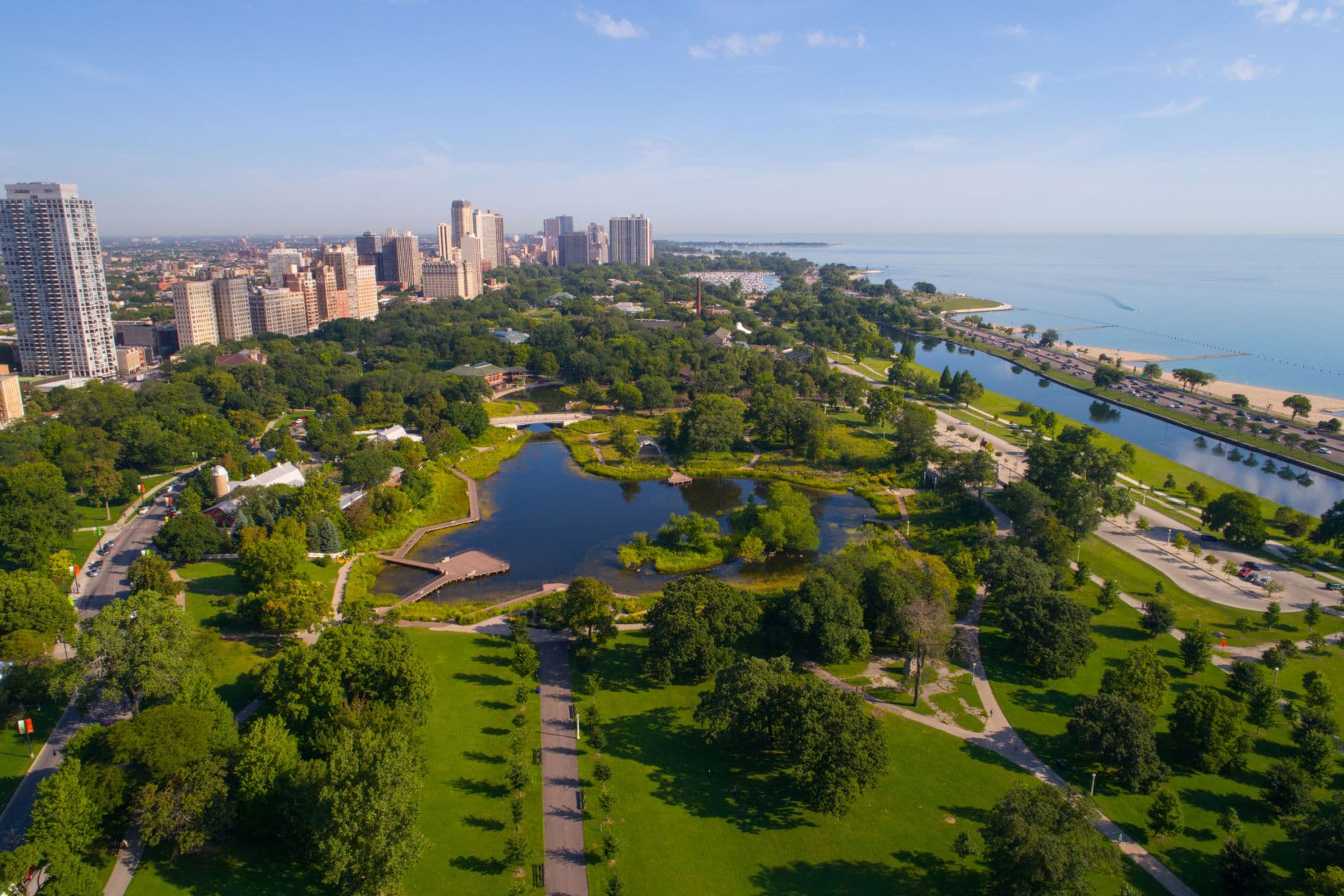
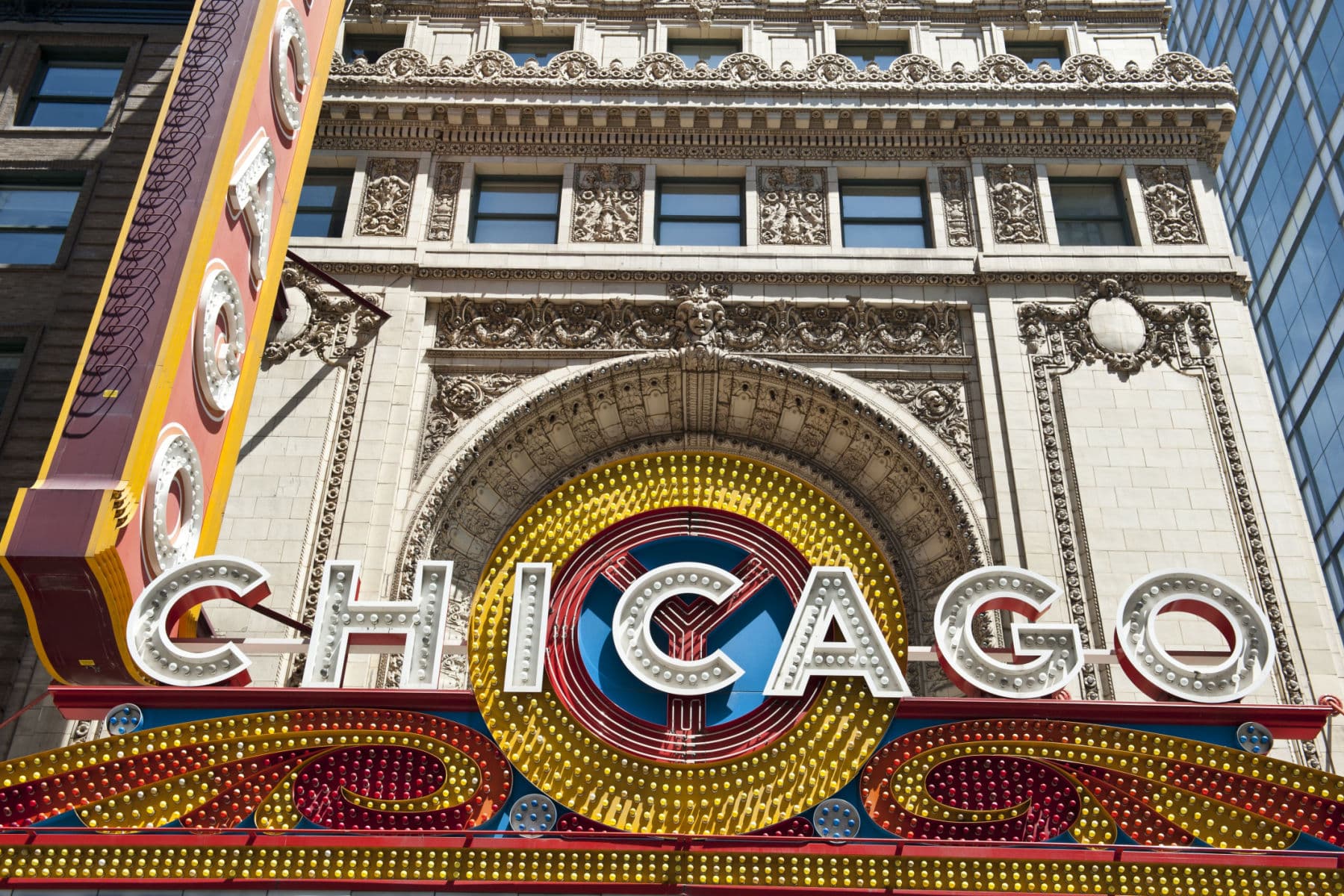
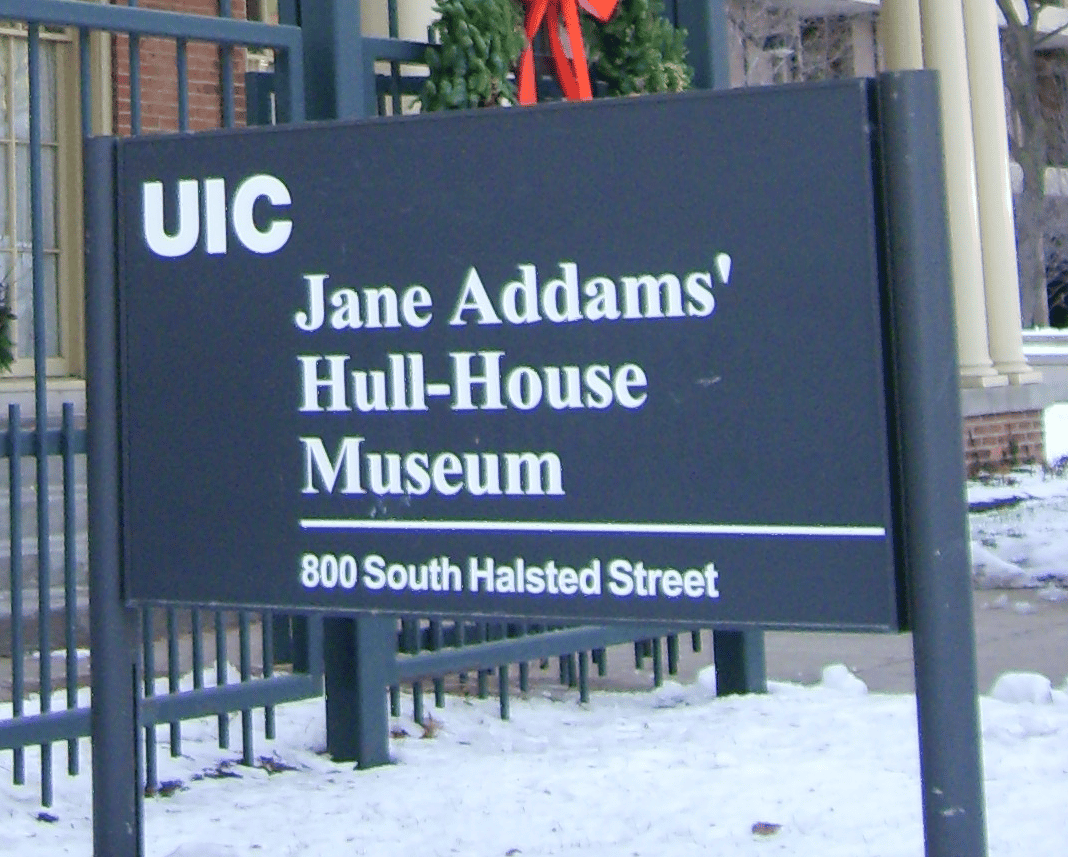
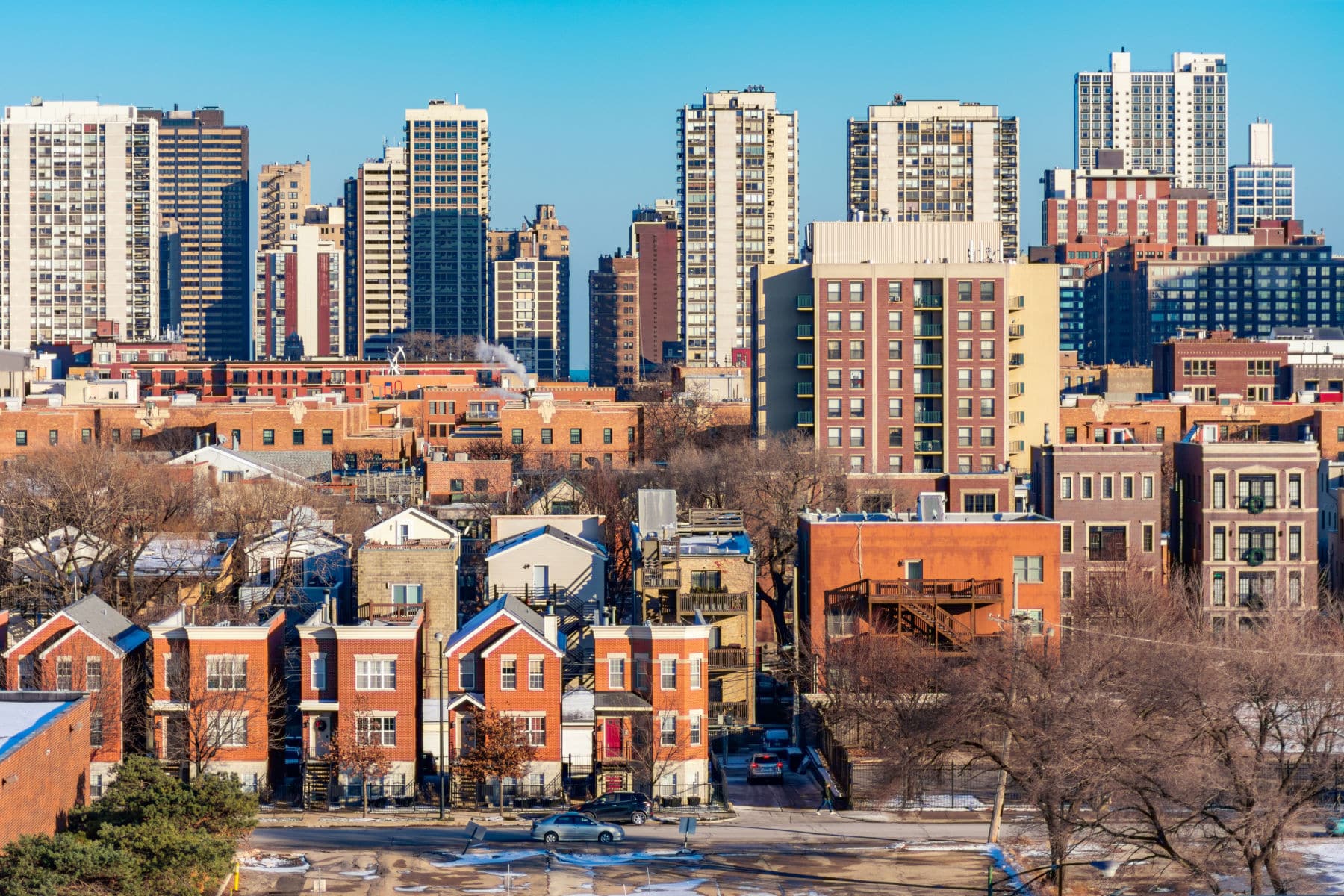

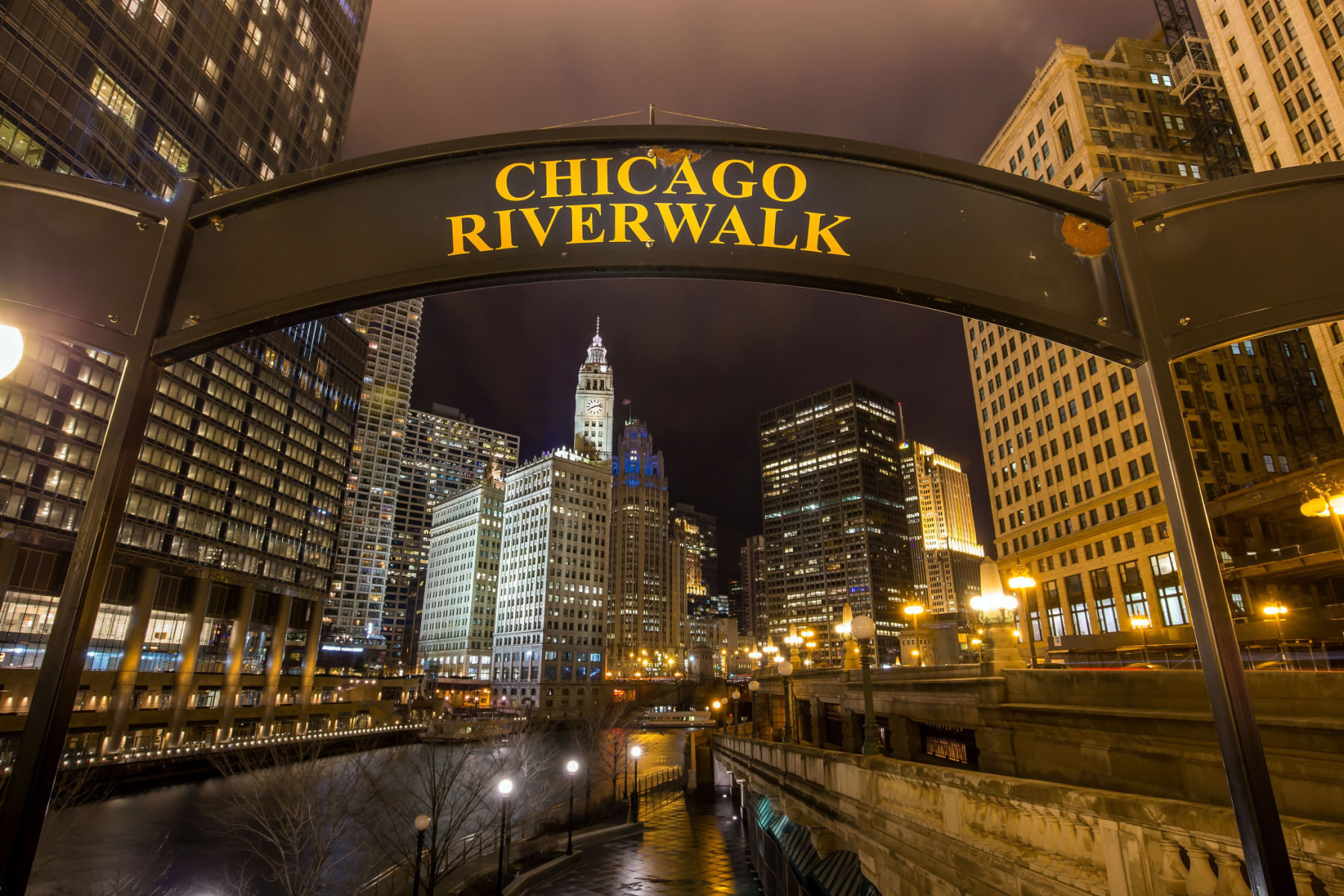



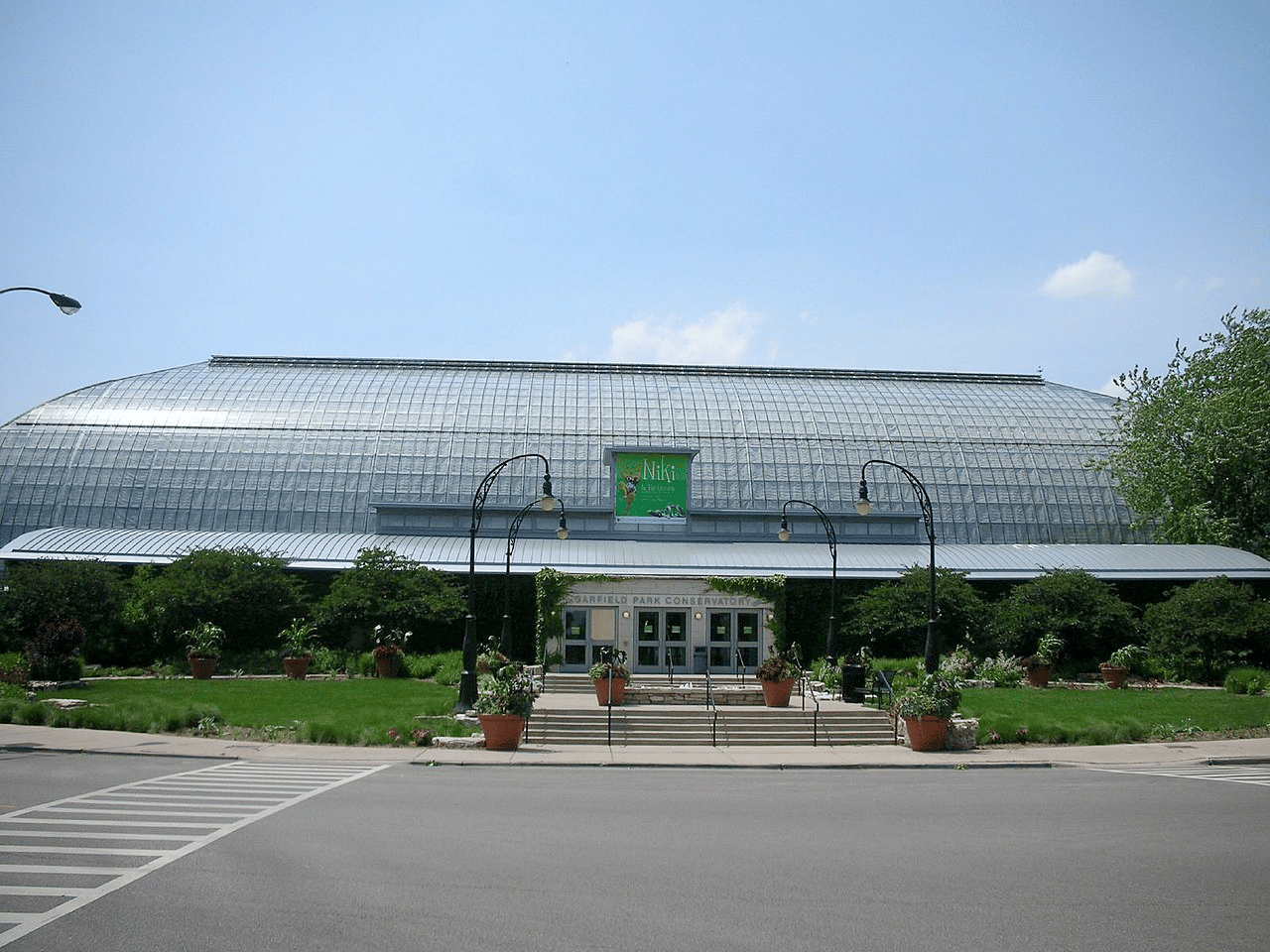

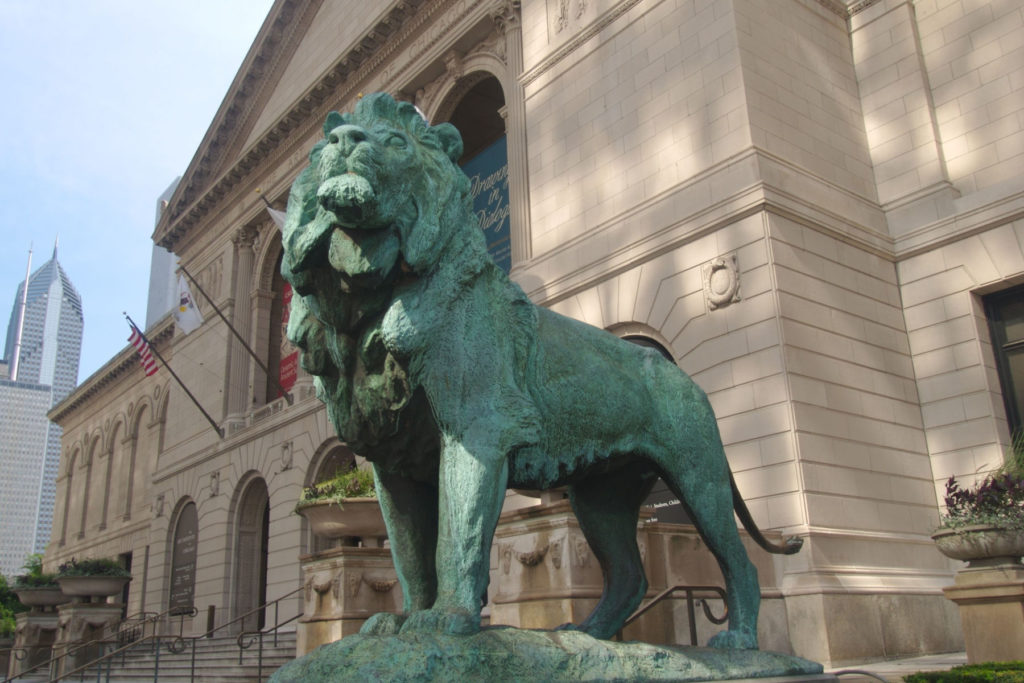

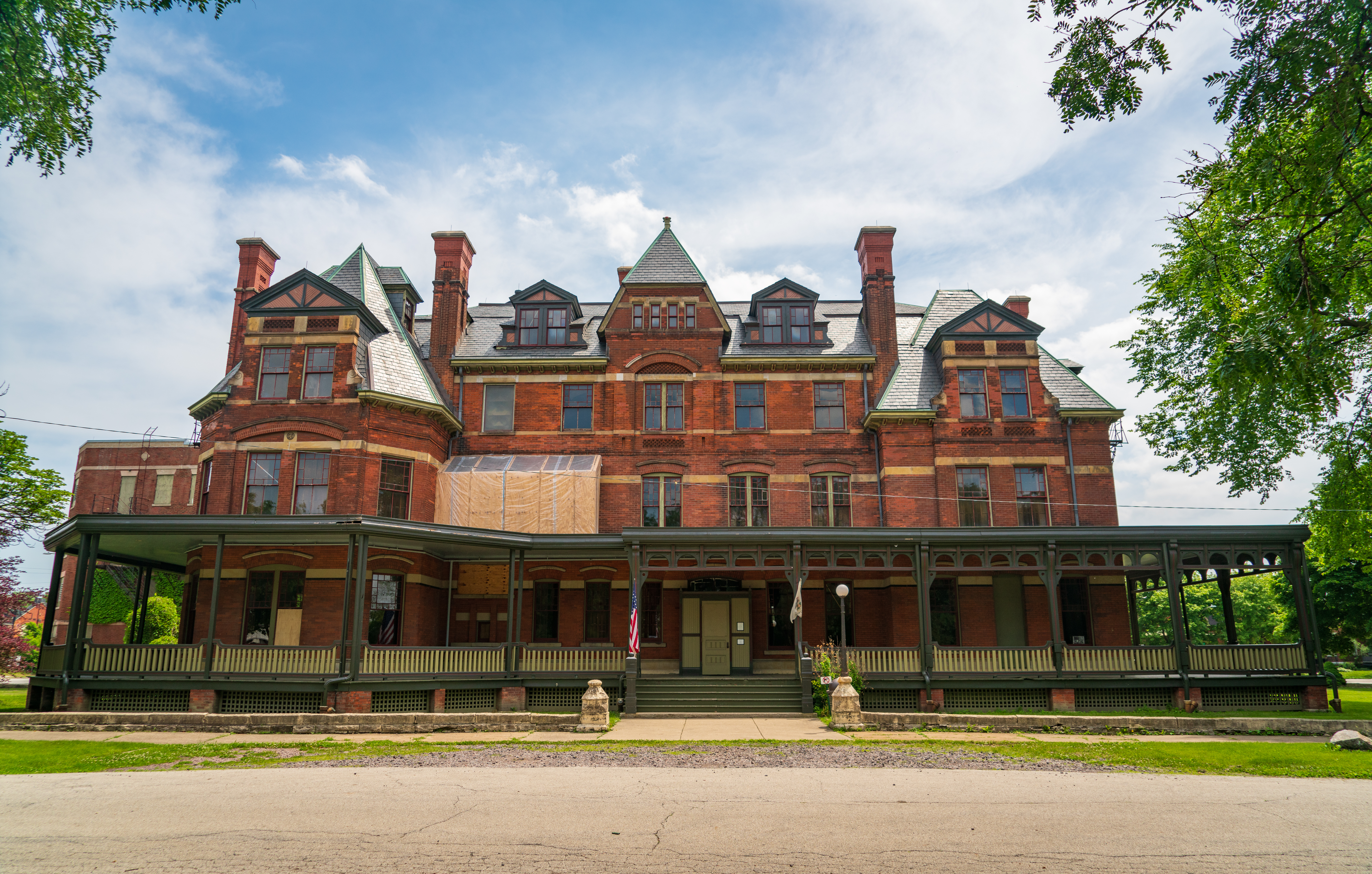


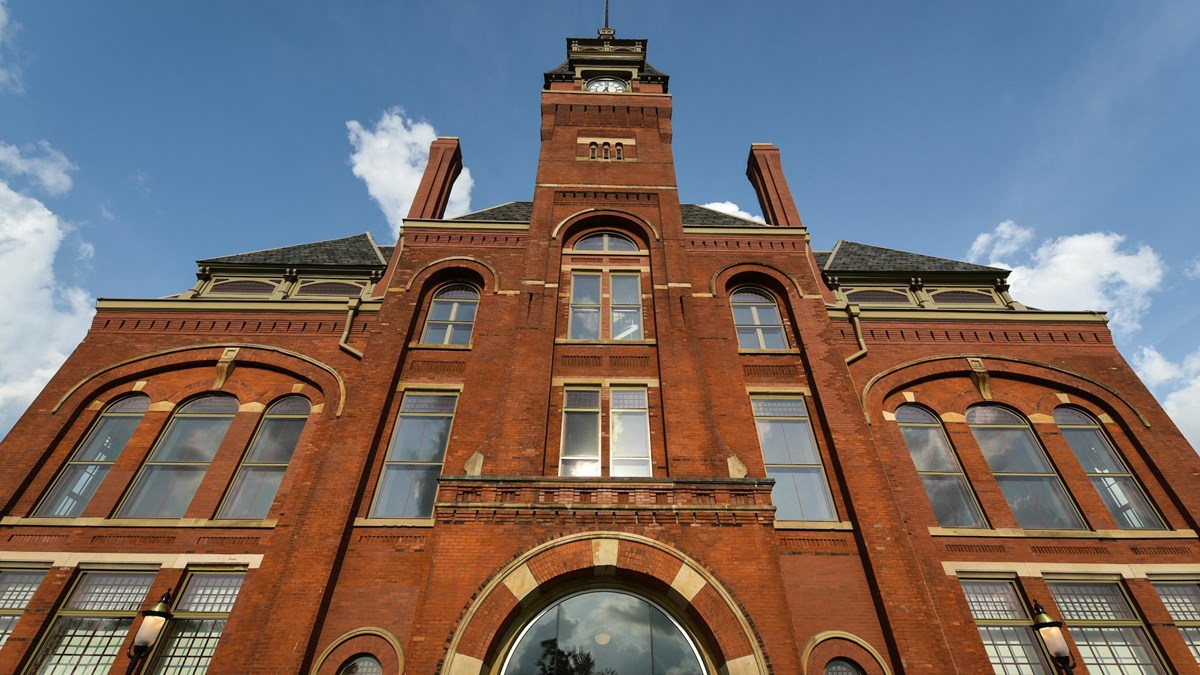
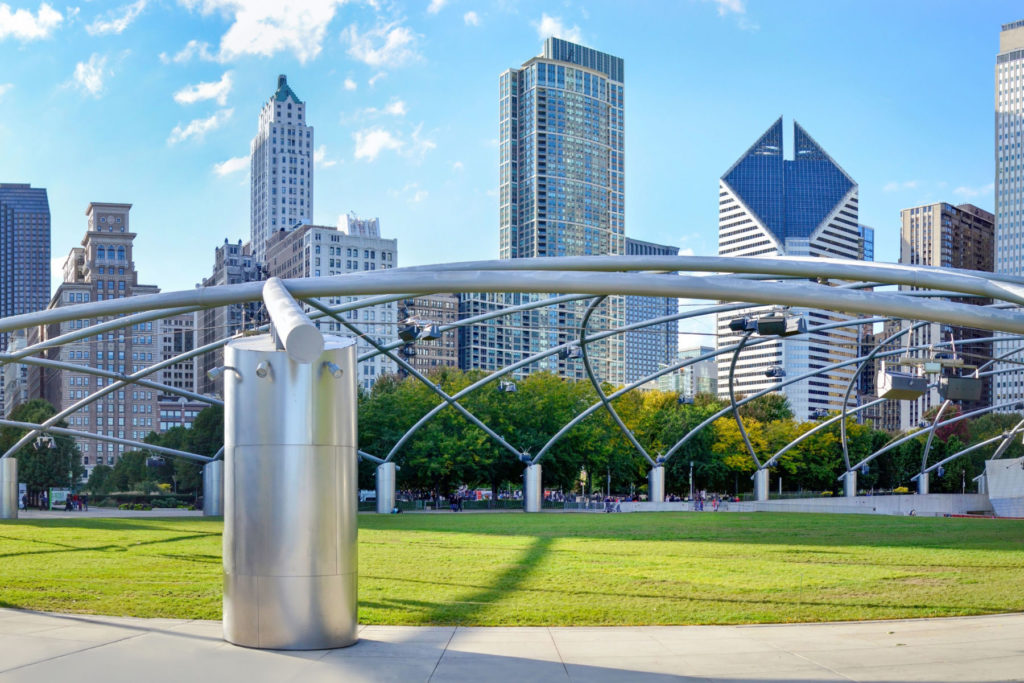

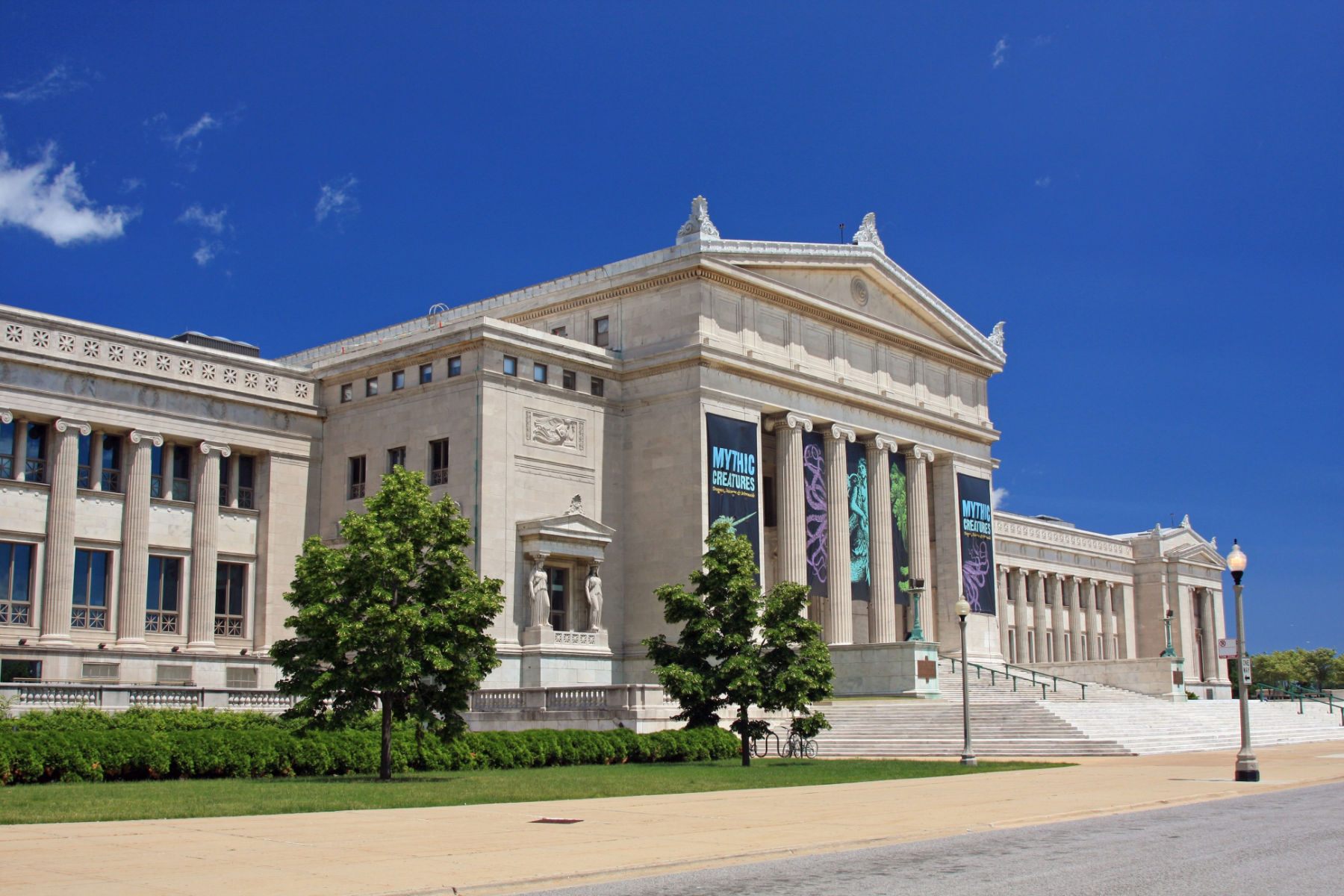
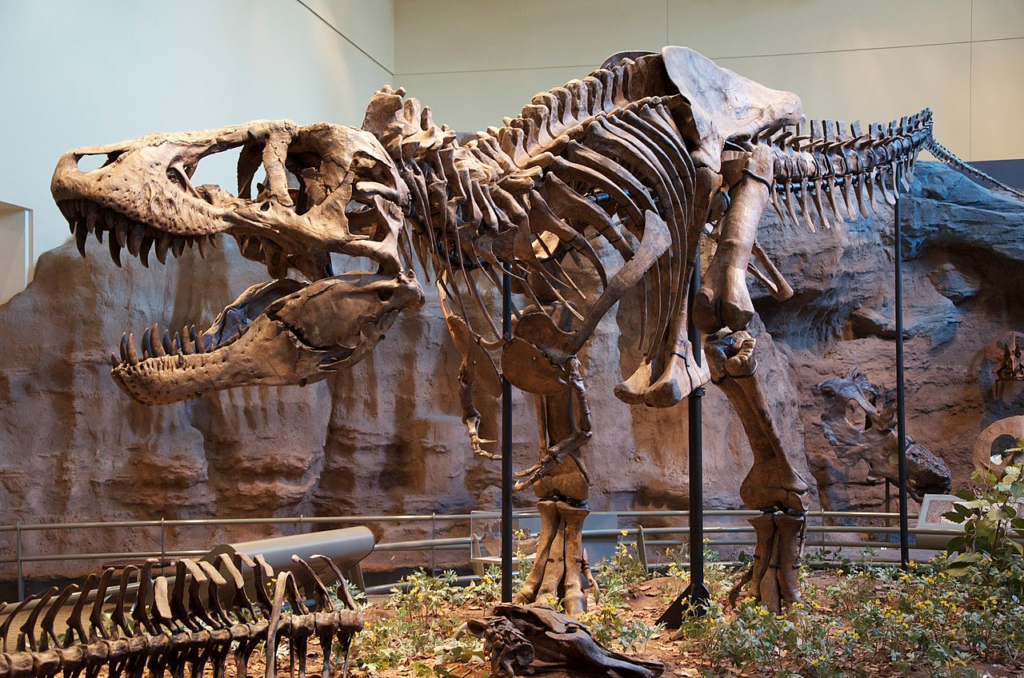
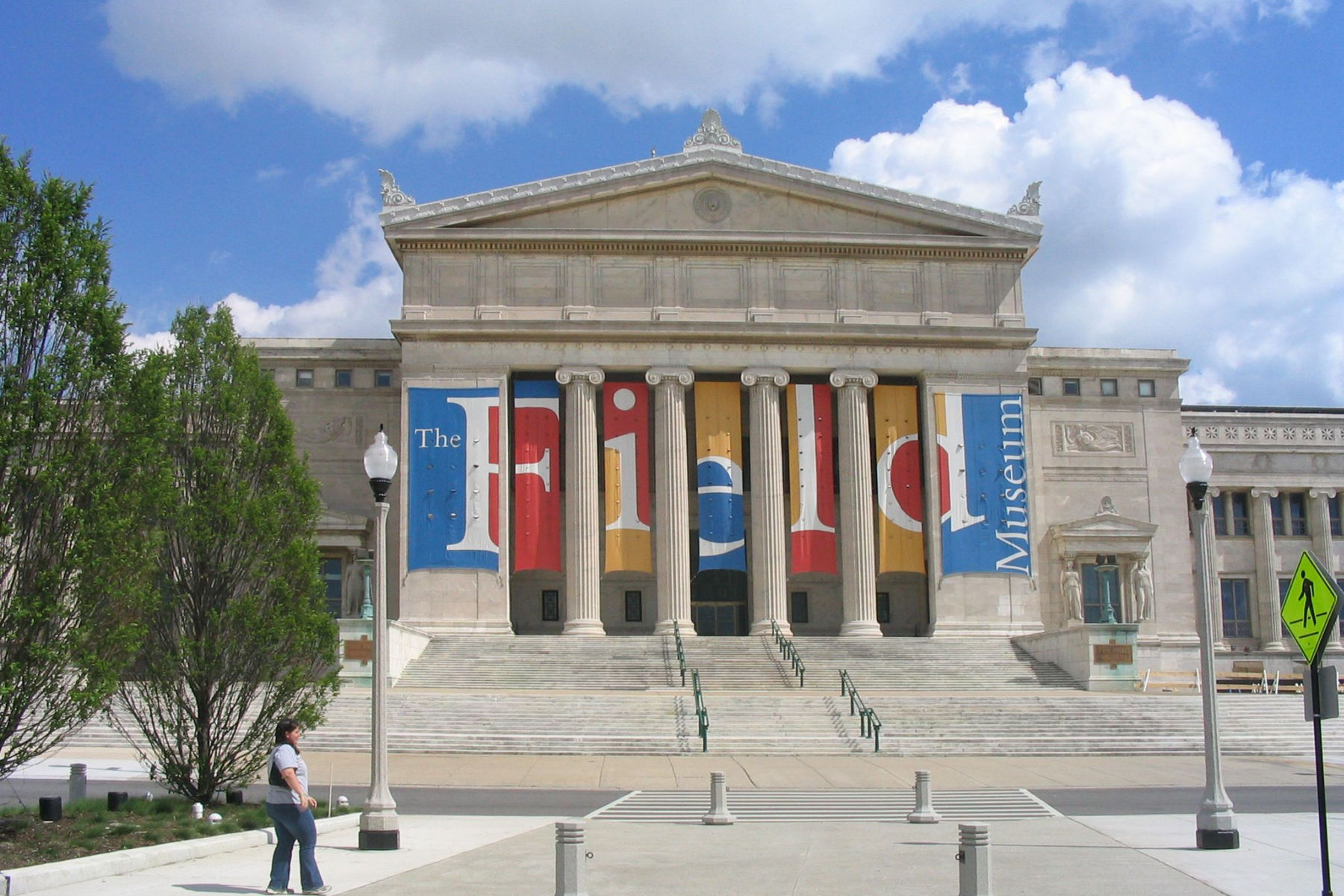
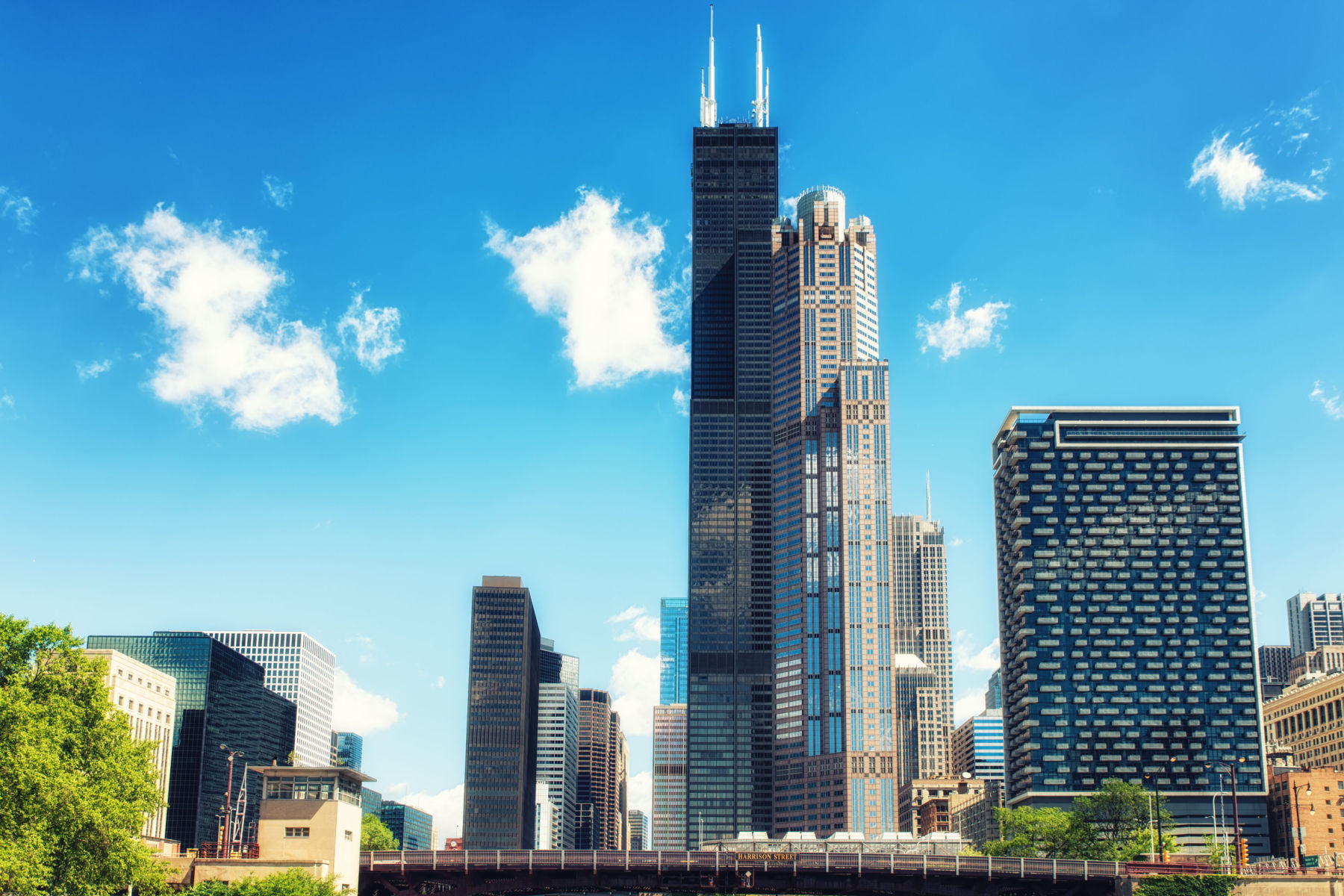



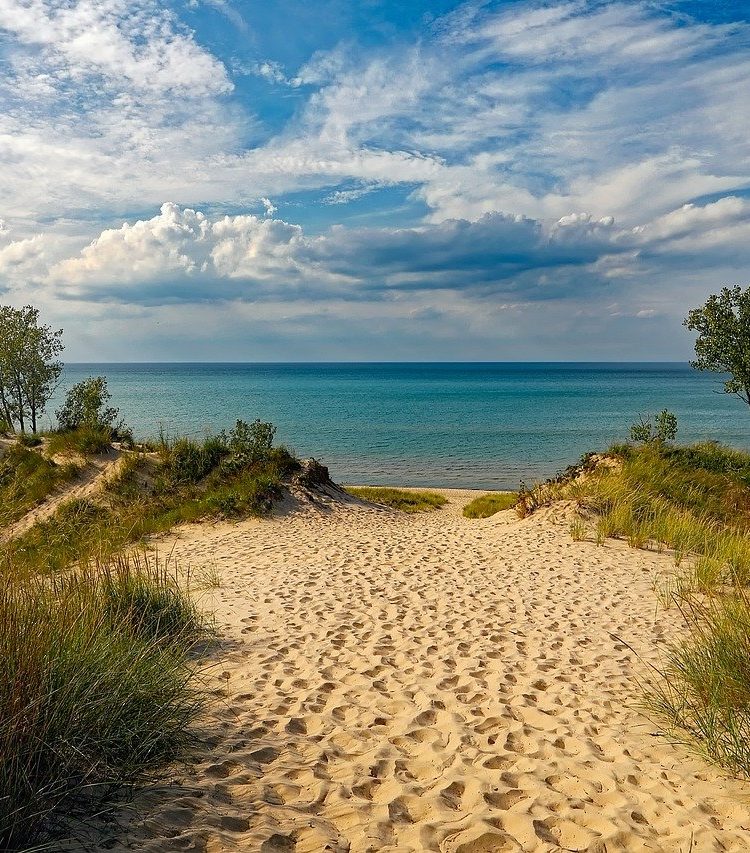

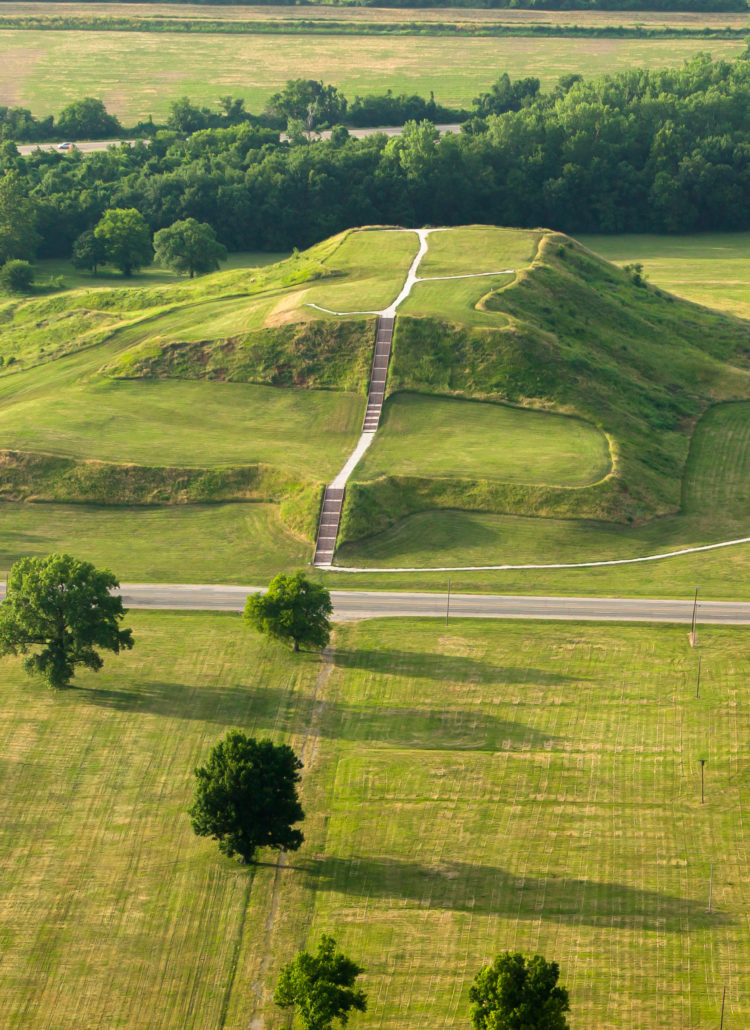
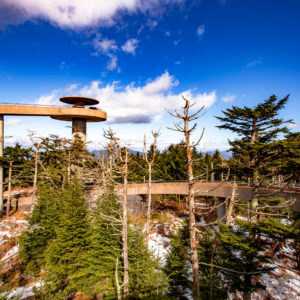

Leave a Reply